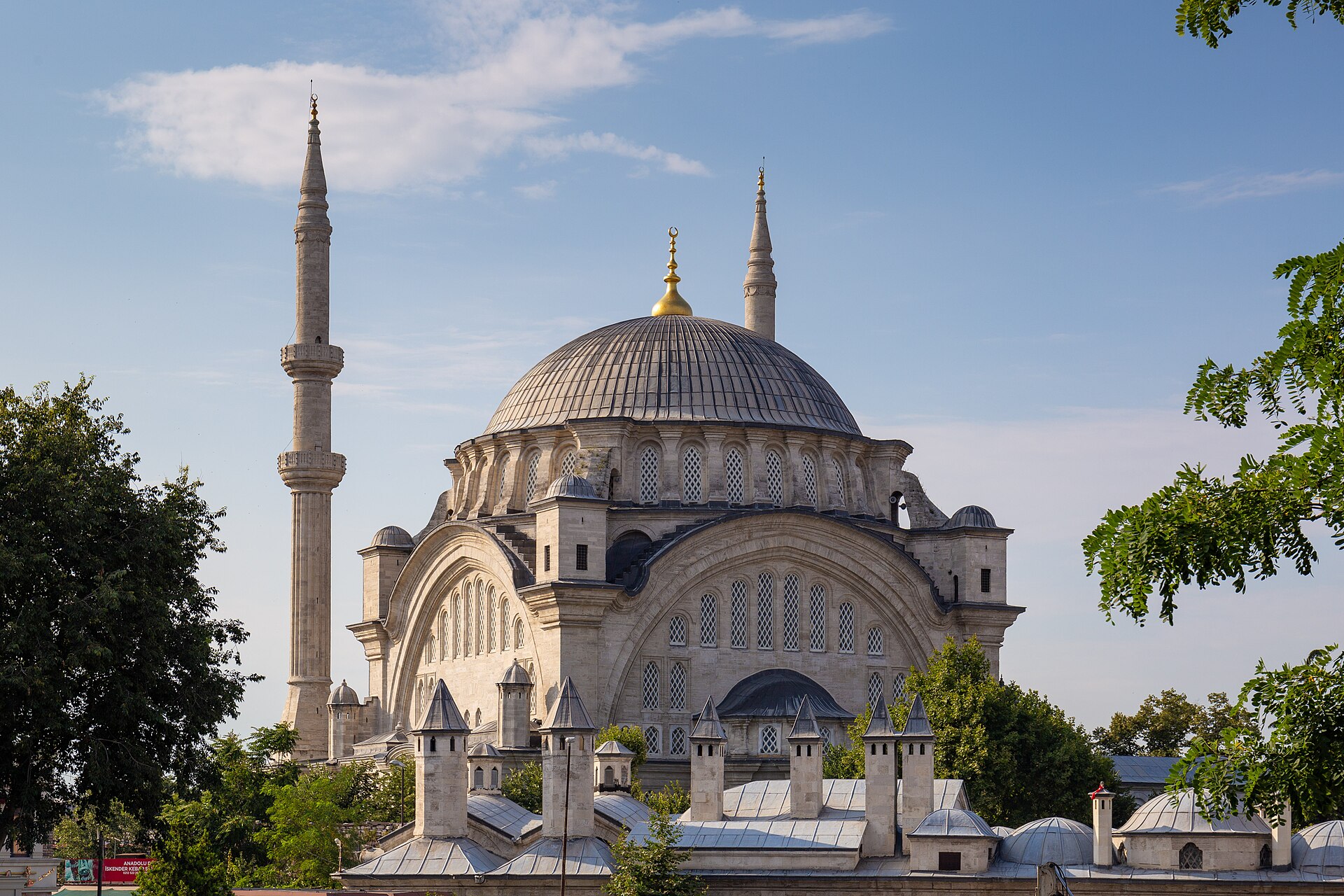
Baroque architecture
Last Updated: 2023-10-28Baroque architecture
Baroque architecture is considered a sophisticated and stunning architectural art that is characterized by luxury and exquisite decoration. This architectural style, which flourished in Europe during the seventeenth and eighteenth centuries, is characterized by a lavish decoration and bright details that reflect the splendor of art and the cultural and social prosperity of that era.
Baroque architecture was characterized by massive buildings with elegant facades decorated with delicate ornaments, grand arches, and massive columns decorated with floral motifs and sumptuous statues. This architecture reflected strength and ability and was considered an expression of wealth and power.
Fine details, such as long tracery and rich geometric shapes, were a distinctive feature of this architectural style. Baroque architecture was also famous for its bright colors and wonderful artistic arrangements that highlight uniqueness and luxury.
In this blog, we will explore the depth and beauty of Baroque architecture, and how this architecture was influenced and developed throughout the ages. We will review the distinctive elements and artistic details that made it part of the urban cultural heritage. We will also review the impact that this architectural style had on modern architecture and design today.
Join us on this journey to explore the beauty and elegance of Baroque architecture and its exquisite artistic details. Let us answer the most prominent questions: What does Baroque architecture mean? Have you ever heard of this name? What is baroque? Is it art or engineering?

Baroque concept:
This term is given to art that appeared in Europe from the seventeenth century AD, and the source of the name goes back to the Spanish or Portuguese language in the sense of a distorted pearl, and it is art that deviated from all the rules and controls of ancient Gothic classical architecture.
The reason for the emergence of this art was the result of strong religious developments that divided Europe at that stage into two parts:
- The Catholic Department is based in Rome.
- The Protestant Department is based in Germany.
This concept has applied to all types of arts such as poetry, sculpture, photography and architecture.
Architecture:
Engineers in this art deviated from the rules and decorations used in the classical style, as there was a lot of reliance in this era on lines, curves and decorations, in the form of flower bouquets, garlands, statues and human forms.
Evidence of this art were the Palace of Versailles and the Louvre.
Ottoman Baukian architecture :
The era of Baroque architecture in the Ottoman Empire began in the middle of the eighteenth century. With the beginning of the Ottoman opening to Western culture, this art began to enter Ottoman society. Many architects have emerged in this era, the most important of which is the architect Taher. This style of Ottoman architecture was characterized by relying on decorations, curves and calligraphy taking into account the Islamic culture.

Among the most prominent evidence of this era:
Among the palaces: Yildiz Palace, Sultans Palace, Jiragan Palace and Bilaribeh Palace.
Mosques: Nur Ottomaniyah, Lali Mosque, Yenikoy Mosque, Yıldız Mosque and other mosques.
Mausoleums : Mausoleum of Sultan Mahmud II, and Mausoleum of the Conqueror.
Military barracks: Selimiye barracks .
In addition to many resorts.
There are different types of architecture and a lot of science that awaits us to search for, learn and choose what suits us from architectural schools.
Conclusion: Baroque Architecture in Türkiye - Renewed Luxury
Editorial Mersat Real Estate Team©
